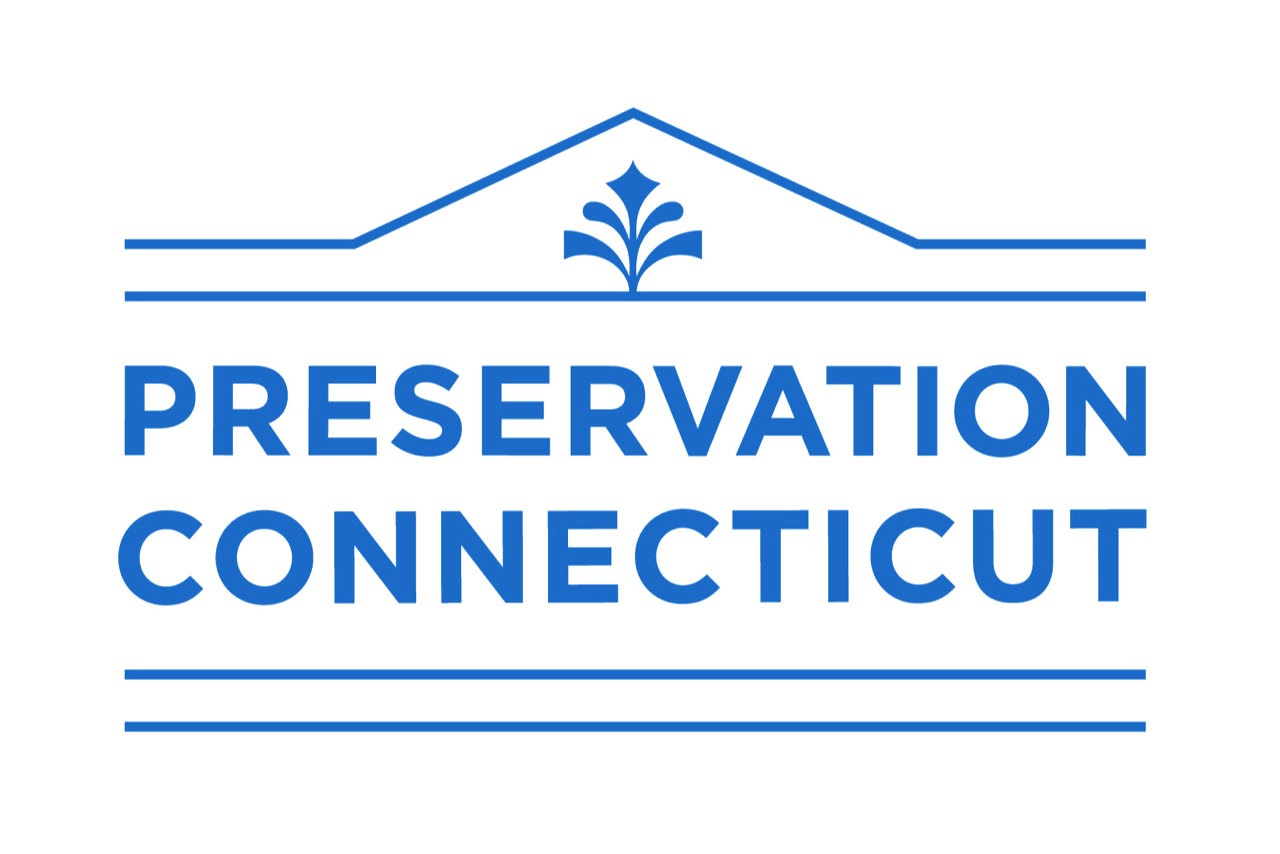You may remember from our blog post last year that a big component of our work in preservation is tracking demolitions of historic buildings. For Earth Day 2022, we wanted to update and inform you of the latest statistics and new partnerships that give some hope for the reuse of historic materials and reduction of unnecessary waste on our planet.
Many of the demolition notices we receive from municipalities are posted on our website. We track data on these properties internally, including address, square footage, year built, and materials. In 2020 we saw a huge increase and, in 2021 we saw an additional increase in demolition notifications, and of course with that, an alarming loss of historic building fabric discarded into landfills.
On a positive note, after our outreach last year, we began receiving more demolition notices from towns around the state with demolition delay ordinances, now receiving 26 out of 61 (up from 19). In 2021, those towns sent us over 250 demolition notices – a 32% increase in demolition over the previous year – of typically sound, well-built historic structures – in the course of one year! Only four months into 2022, and we’ve already received over 80 demolition notices.
What does that mean in the landfill??? Those 250+ demolished buildings total approximately 1,328,447 square feet (or the area of more than 23 football fields!) of wood framing, brick chimneys, stone foundations, wood flooring, and historic windows, not to mention carpeting, linoleum, drywall and other non-historic materials that wound up in landfills. Scary as these number are, they represent only 36% of towns in the state! What would the number be for all 169?


There is much to be learned. Being proactive is key.
We know that the value of old buildings is not commonly understood. and it’s Preservation Connecticut’s mission to change that. How? We can:
Deploy our Circuit Riders. The field staff of Preservation Connecticut are available (for free) to take calls/emails and make site visits to address any preservation related questions.
Schedule more Talking About Preservation education sessions. We continue to host weekly chat series throughout the year on preservation topics to highlight the importance and benefits of protecting historic buildings. You can view the recordings on our YouTube channel.
Host restoration workshops. We partner with craftspeople to educate preservationists on how to properly restore and preserve features of their historic homes. Stay tuned for upcoming opportunities to participate!
Partner with local groups on Preservation 101 presentations. Our team is always happy to speak to communities about preservation basics whether it be for a neighborhood, local historic district, or the whole town. Please reach out to us if you would be interested in this type of presentation- at no cost!
Write about it more in Preservation News. Preservation Connecticut’s bi-monthly newsletter is a great source of all things preservation in Connecticut. We cover a plethora of topics and many years of back issues are available online and at our Hamden office.
Continue to expand our circle In order to continue our own learning, we are trying to follow others who have the same goals as us. We highly recommend looking into other national organizations like the Preservation Priorities Task Force, Zero Net Carbon Collaboration for Existing and Historic Building, and the Carbon Leadership Forum (CLF) as well as others outlined in our October 2021 climate change article.


Make friends and make a difference!
There have been some hopeful advances in our work to reduce the amount of wasted historic fabric. Preservation Connecticut partnered with the Bureau of Outdoor Recreation in the Department of Energy and Environmental Protection (DEEP) to salvage historic building materials and reduce the waste stream from demolition. Over several weeks in 2021, we worked together at a State-owned Greek Revival house on the edge of West Rock Ridge State Park. William Gould Architectural Preservation LLC performed the salvage work and materials like chestnut rafters and other framing members, wood flooring, old-growth boards, mantels, doors, hardware, foundation stones, and a stone well cap were taken for sale and reuse. Preservationists and Connecticut officials have struggled for many years with what to do with unused historic structures on State property. We hope this will lead to more opportunities to work together to preserve, reuse, or salvage historic structures within parks and protect the environment by keeping more construction debris out of landfills. For more information visit DEEP’s deconstruction page.
We started a partnership with Green Circle Auctions to help get out in front of the situation when homeowners apply for demolition permits. The owners, Greg and Maria Stanton, are historic home lovers, longtime members of the National Trust for Historic Preservation and new members with us. They are conscious of the importance of reselling historic building materials, especially when demolition is inevitable. They say, “if we can’t save the building…we can save the parts!”
As Andrew Himes says in his Ted Talk, “The natural role of buildings is to nurture and enhance our lives, not to threaten them. Buildings can protect us, teach us, comfort us, infuse our lives with beauty and community. Buildings can be life-giving rather than deadly. They can help us solve the challenge of climate change with elegance and innovation…The next time someone tells you that the solution to climate change is recycling, switching to LED lightbulbs, installing solar panels, buying an electric car, flying less, you should say ‘Yes…but you forgot about buildings.’ The truth is all of these individual actions, all of these individual decisions are essential, important, critical, but solving climate change requires large scale, systemic, structural revolution in both human culture and in materials. And at the very center of that revolution are buildings.”
We know we can do more. Now more than ever, we want to hear from you! Please share with us your ideas to educate our communities. Join our efforts to stop the trend of demolishing valuable historic properties.

